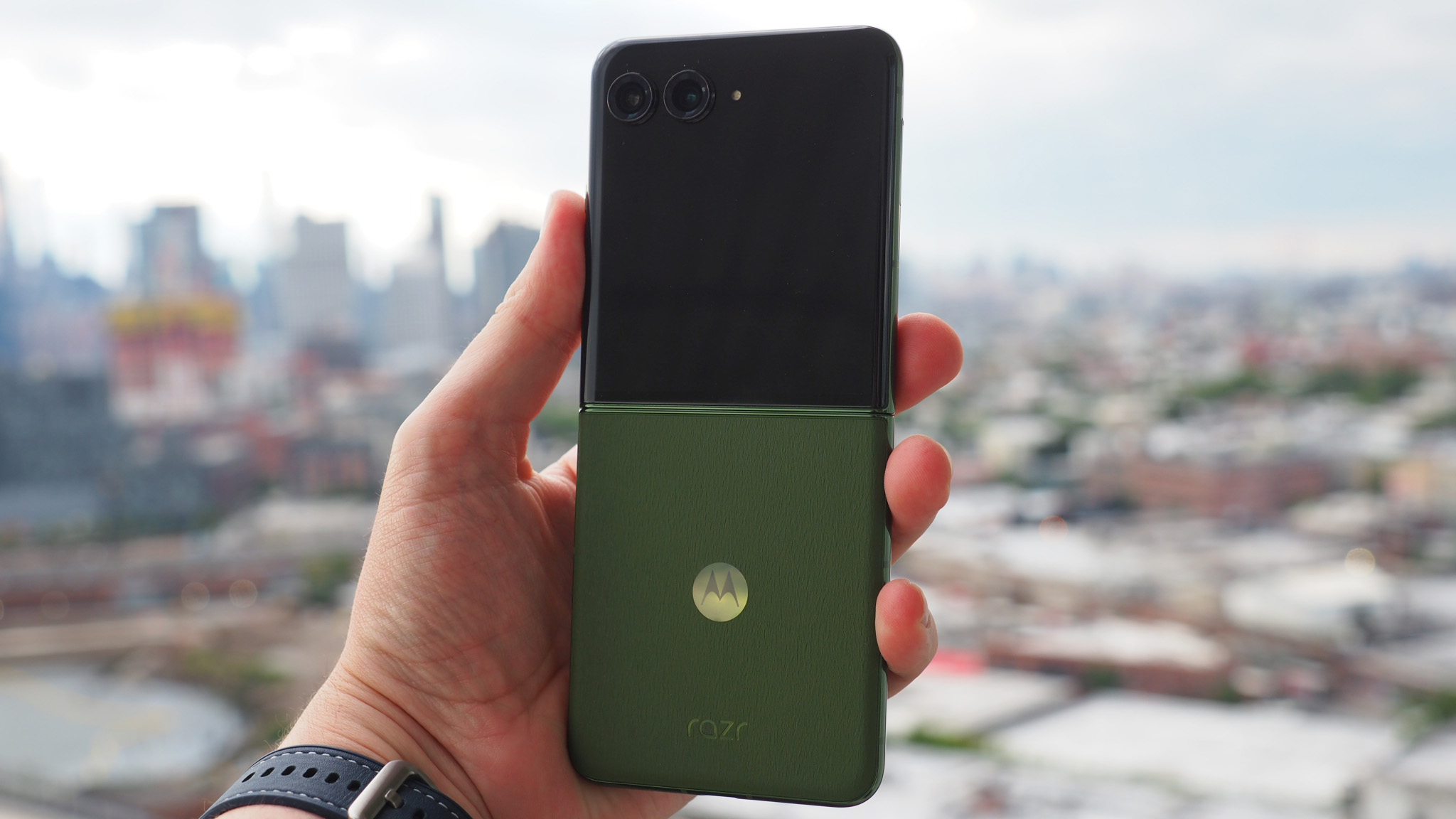
Almost five years ago I attended Motorola's relaunch of its iconic Razr flip phone. Not many handsets can be called true icons: but seeing as the original launched two decades ago to huge success, the Razr brand name has (after a notable-yet-needed hiatus) endured the test of time.
Now, following the Motorola Razr 50 Ultra's reveal, the brand still remains at the top of its game. Ahead of the official launch event I was able to try this latest flip phone for a day. Even its best folding phone competitors, such as the Samsung Galaxy Z Flip 5, can't compete with the features on offer here.
Having used Motorola's previous Razr 40 Ultra model extensively, I'm very familiar with the range – and below highlight my three favourite new Razr 50 Ultra features that stand it apart as a serious upgrade.
1. A cover like no other

There's been some competition regarding flip phones' so-called cover displays: they've been getting bigger and bigger and, well, the Razr 50 Ultra boasts the very biggest on the market right now.
At 4-inches it's a massive all-encompassing display when the handset is neatly folded – and I think it looks great. The only caveat being the two prominent camera lenses that poke through the panel, but it's better than having an empty cut-out space there.
It's a super-bright OLED panel, able to cut through daylight no problems, finally adds an always-on display option, and with a 165Hz refresh rate it's super smooth in operation too. The Razr 50 Ultra is the first time I've seen a cover display with spec to a flagship level.
That display is also super-functional. You can load any app you wish on the front, even launch Google Gemini AI using Assistant when the phone is in this position, which helps to set it apart from its competitors. Not being restricted here makes the screen that much more useful.
Get all the latest news, reviews, deals and buying guides on gorgeous tech, home and active products from the T3 experts
Beyond just apps you can also install widgets, like you can on any Android phone's homescreen, but in this cover display context this is particularly useful. You could, for example, load a widget for an upcoming flight, or a larger calendar view – it's easy to swipe between apps on the cover, so you can have on display whatever you wish.
2. Zoom, zoom shake the room
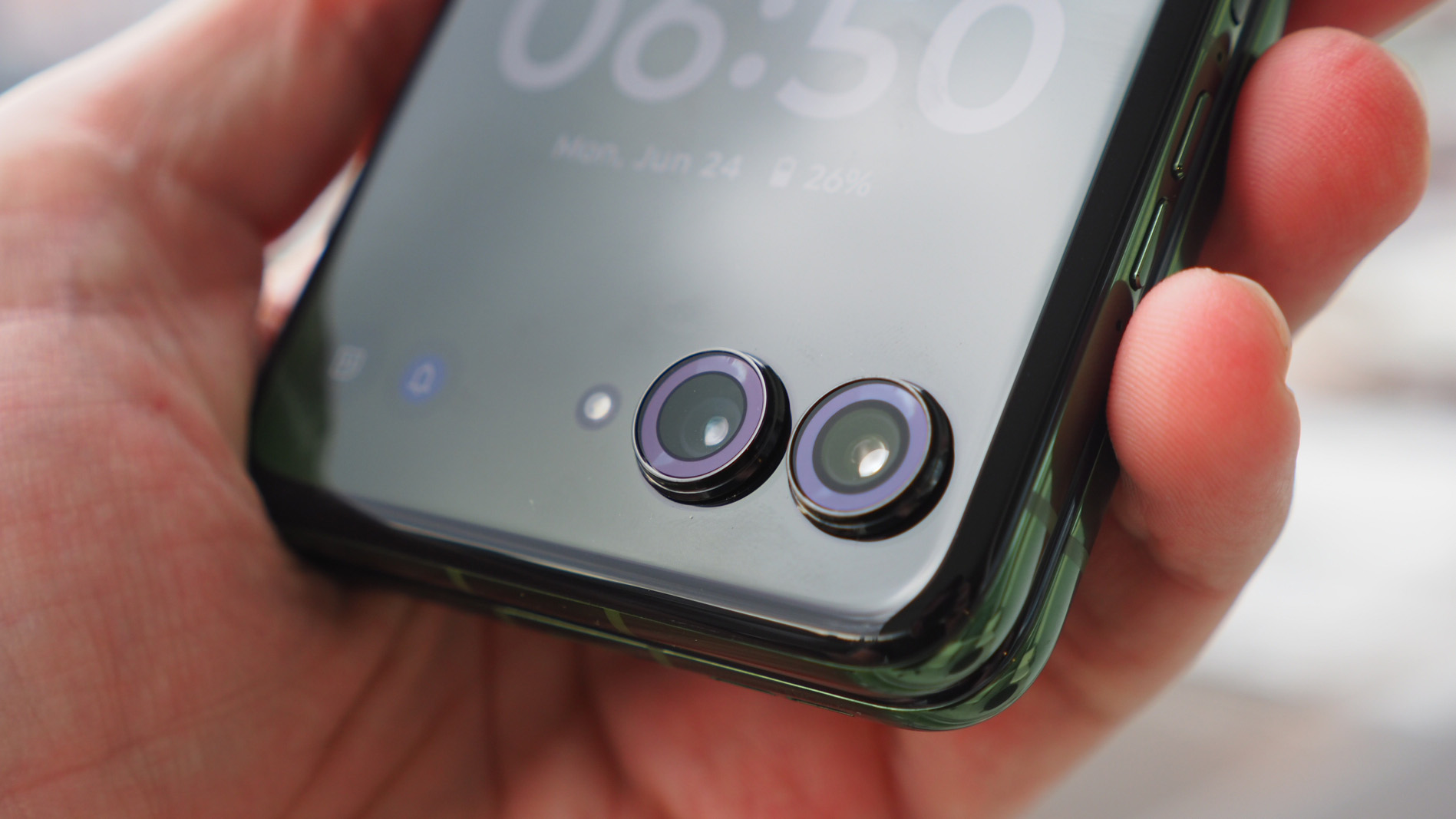
Most folding phones negate their cameras (about the only exception is the OnePlus Open, but that's a full-on foldable, not a flip phone). The Razr 50 Ultra, however, has upped its game in this department too – which I think is an important step forward.
The dual lenses are 50-megapixels apiece, so there's no resolution compromise, with the main camera's sensor around 40% larger than its predecessor to help up the quality. But it's the second lens, which is a 2x optical zoom, that's an even more important addition in my view.
Flip phones and optical zoom lenses haven't really been 'a thing' until now. It's tricky to add the hardware into a thin device such as a flip phone, while still creating a balanced-looking product. The Razr 50 Ultra succeeds here, though.

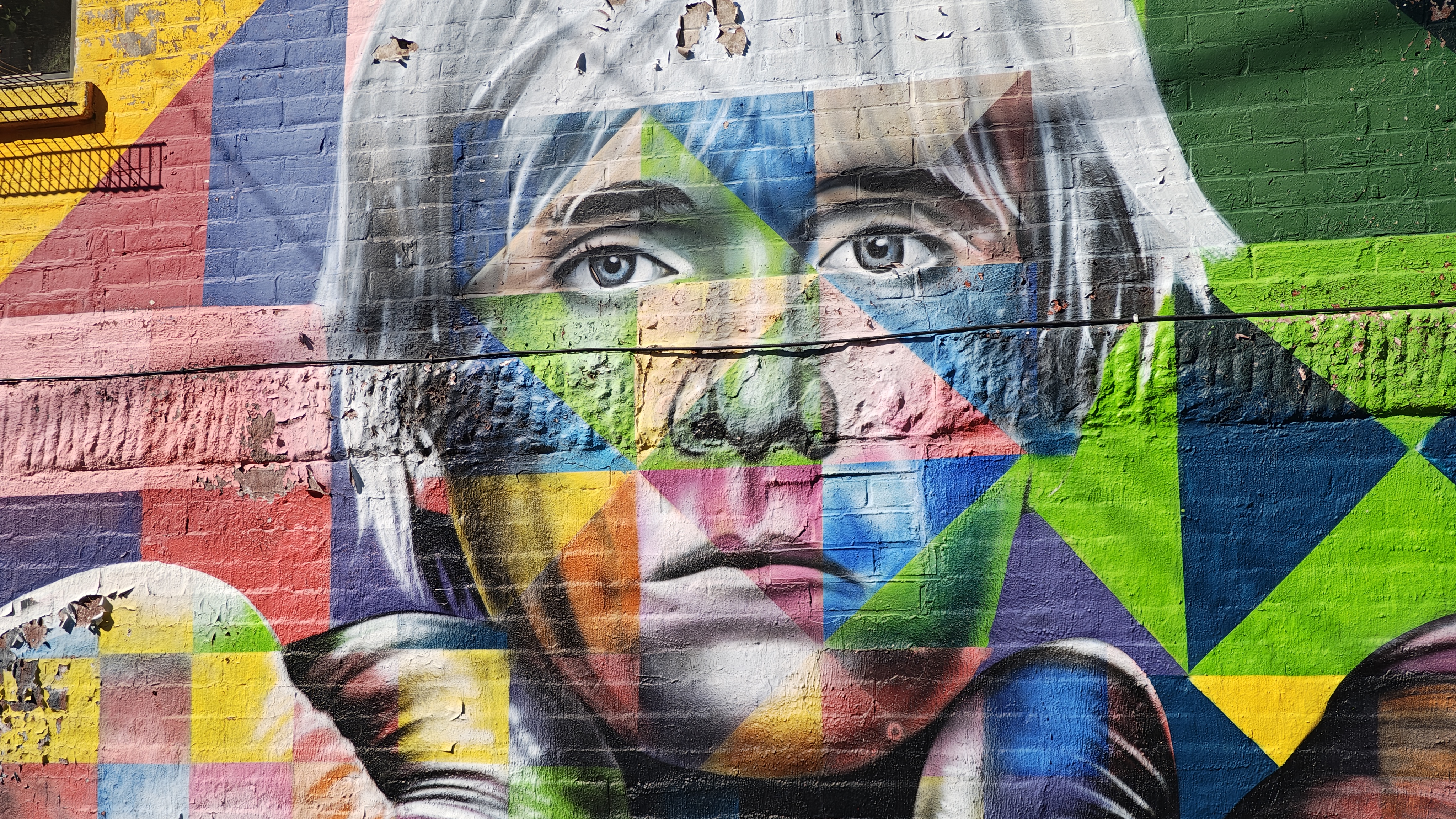
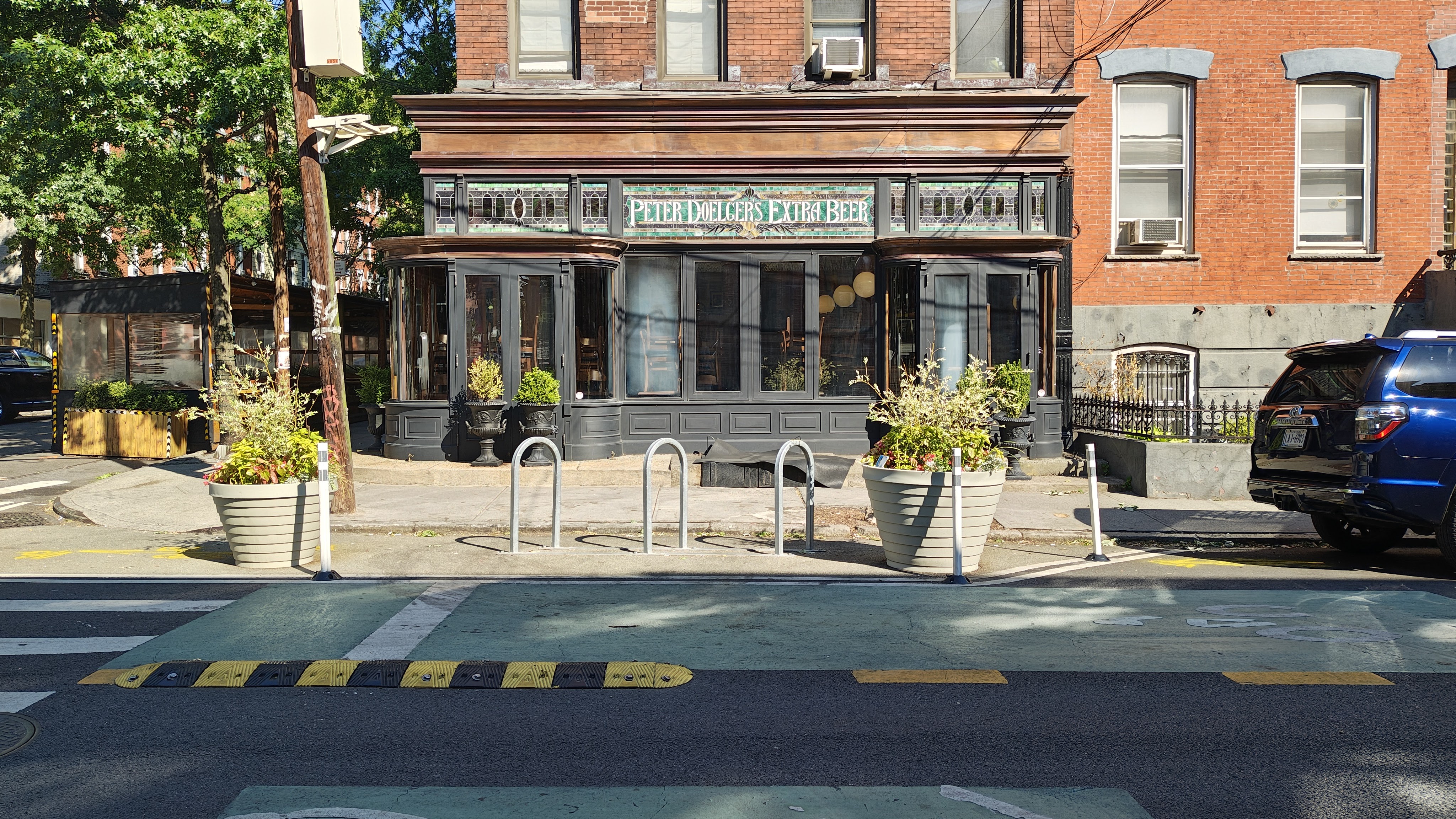

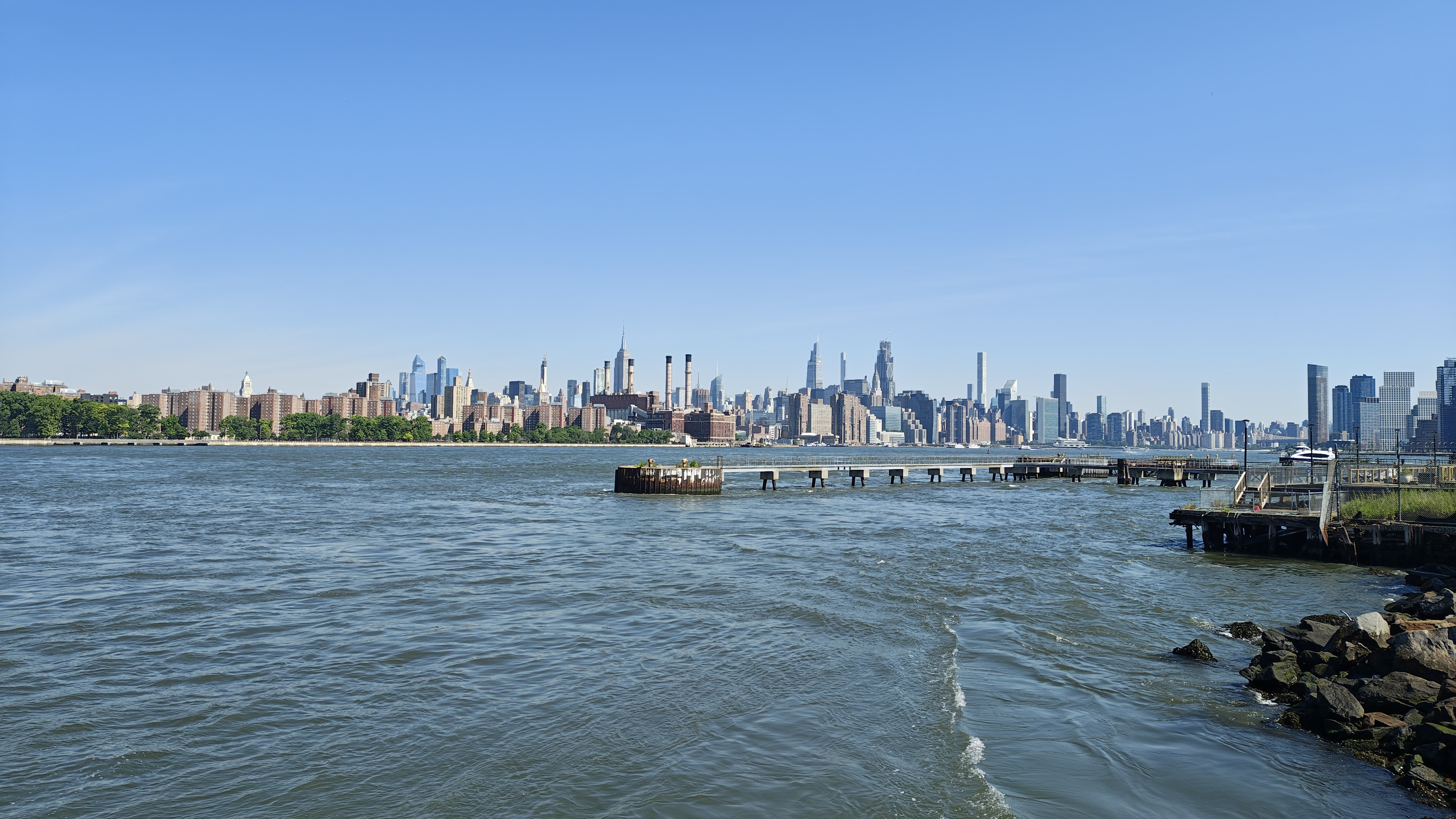
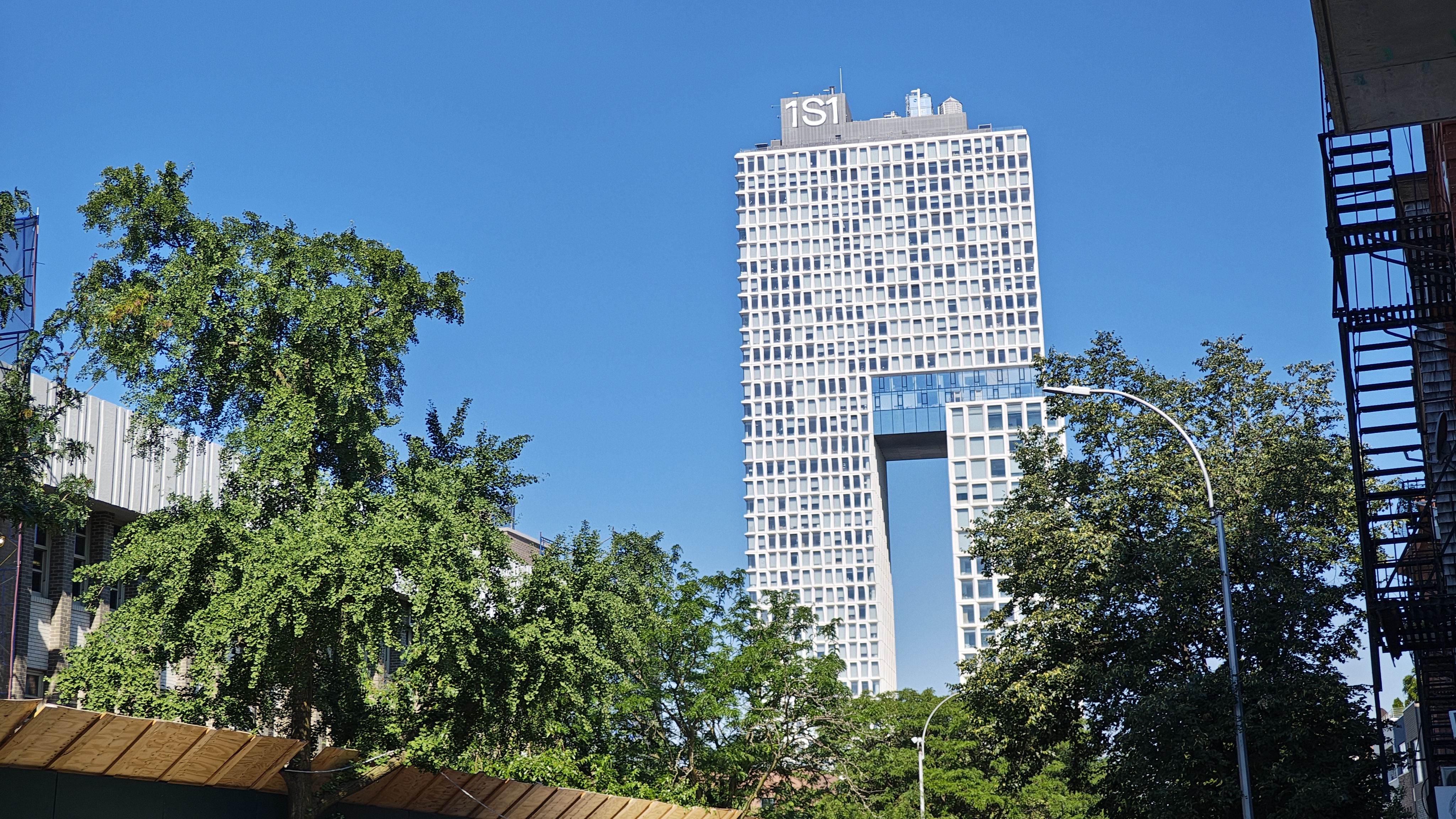
And while 2x isn't as mighty as some of the best Android phones' zoom offerings, it's extra useful for capturing further-away subjects or getting better portrait shots (there's a separate Portrait mode, too, with added bokeh blurred background).
I walked the streets of Williamsburg to grab some snaps and found the camera super-easy to use, with that zoom being the biggest difference compared to the earlier 40 Ultra model. However, the newer 50 Ultra lacks any kind of ultra-wide lens, so I sometimes found myself stepping backwards to fit more into the frame. On balance, however, I reckon a zoom is more useful than an ultra-wide.
3. Colour me impressed
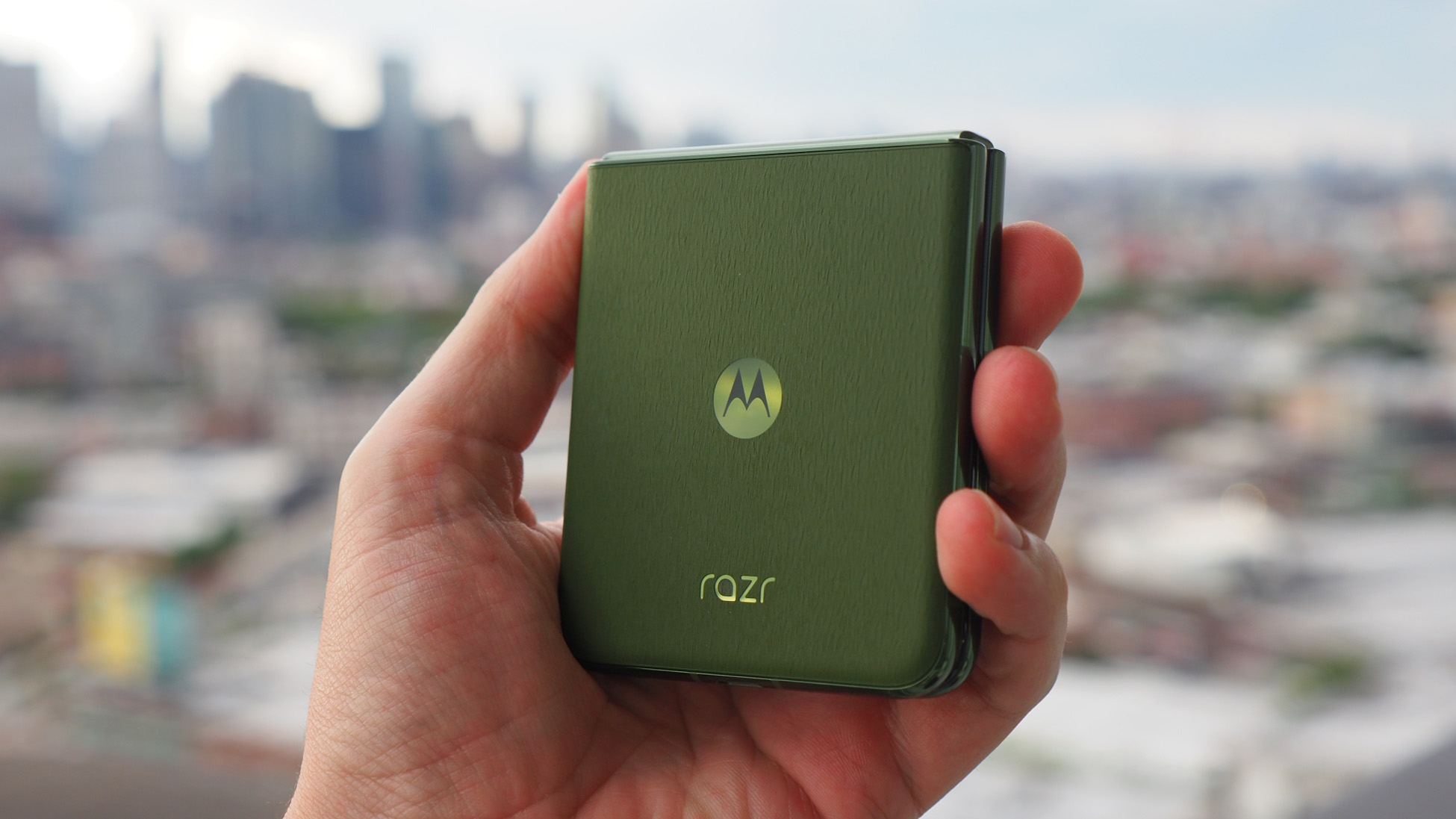
Then there's the way the Razr 50 Ultra looks. For years now Motorola has been pushing a 'fashion forward' approach, teaming up with Pantone to gain exclusive rights to using its annual Color of the Year, for example.
As you can see from my pictures, this flip phone is one colourful creation. Not that the Spring Green of my test handset is Pantone's choice pick of 2024 – that honour goes to Peach Fuzz, apparently – but there are other punchy choices, too, with Midnight Blue and Hot Pink also on offer.
For this generation the different colours deliver different finishes. My handset has a vegan leather with a slightly textured, grippy feeling. The pink one, however, has a 'soft vegan leather' finish – it uses a silicon layer addition that makes it feel approaching fur-levels of soft (without being, y'know actually furry).
And, to my surprise upon unboxing the handset, the addition of a quirky case in the box is an unusual find. Motorola includes a strap to connect to the case, transforming the device into an almost handbag or satchel-style device to carry around on display (or remove the strap and you've got a colour-matched case to keep things looking pristine).
Initial Conclusion
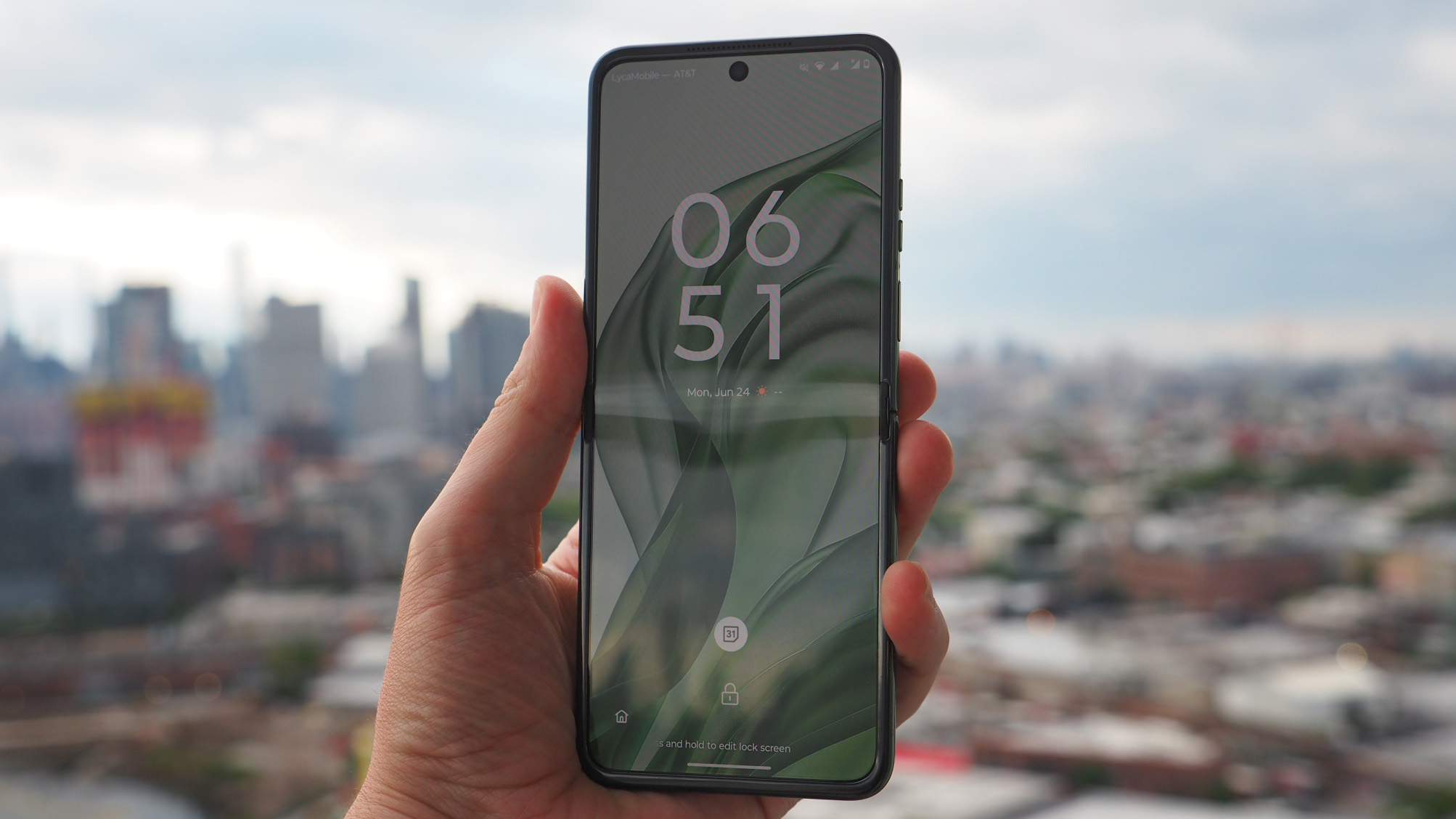
There's a whole lot more I could say about the Motorola Razr 50 Ultra – but for now I'm going to swap into the device to use as my own, then gather further comparisons to its 40 Ultra predecessor ahead of my full review.
Interestingly Motorola has attached a £999 asking price to the handset, making it cheaper than last year's model. I think that's an important move, as the psychological value of not being in a four-figure bracket is going to appeal a lot more to potential buyers. And given how much more is on offer for this upgrade, it's a decent price for a flagship.
I do think there are some areas for improvement however: while the Razr 50 Ultra's hinge has been redesigned, there's still a notable crease in that main 6.9-inch unfolded display. It's otherwise of good quality though, this is just an ongoing issue with any foldable OLED.
Still, with a cover display of this scale, software that's so eminently usable, increased battery capacity, even IPX8 water-resistance, and an optical zoom camera, the Motorola Razr 50 Ultra is a flip phone at the top of its game. Two decades is a long time, but from the original Razr to this latest edition, it's clear to see why Motorola continues to crest its wave of success.

Mike is T3's Tech Editor. He's been writing about consumer technology for 15 years and his beat covers phones – of which he's seen hundreds of handsets over the years – laptops, gaming, TV & audio, and more. There's little consumer tech he's not had a hand at trying, and with extensive commissioning and editing experience, he knows the industry inside out. As the former Reviews Editor at Pocket-lint for 10 years where he furthered his knowledge and expertise, whilst writing about literally thousands of products, he's also provided work for publications such as Wired, The Guardian, Metro, and more.
